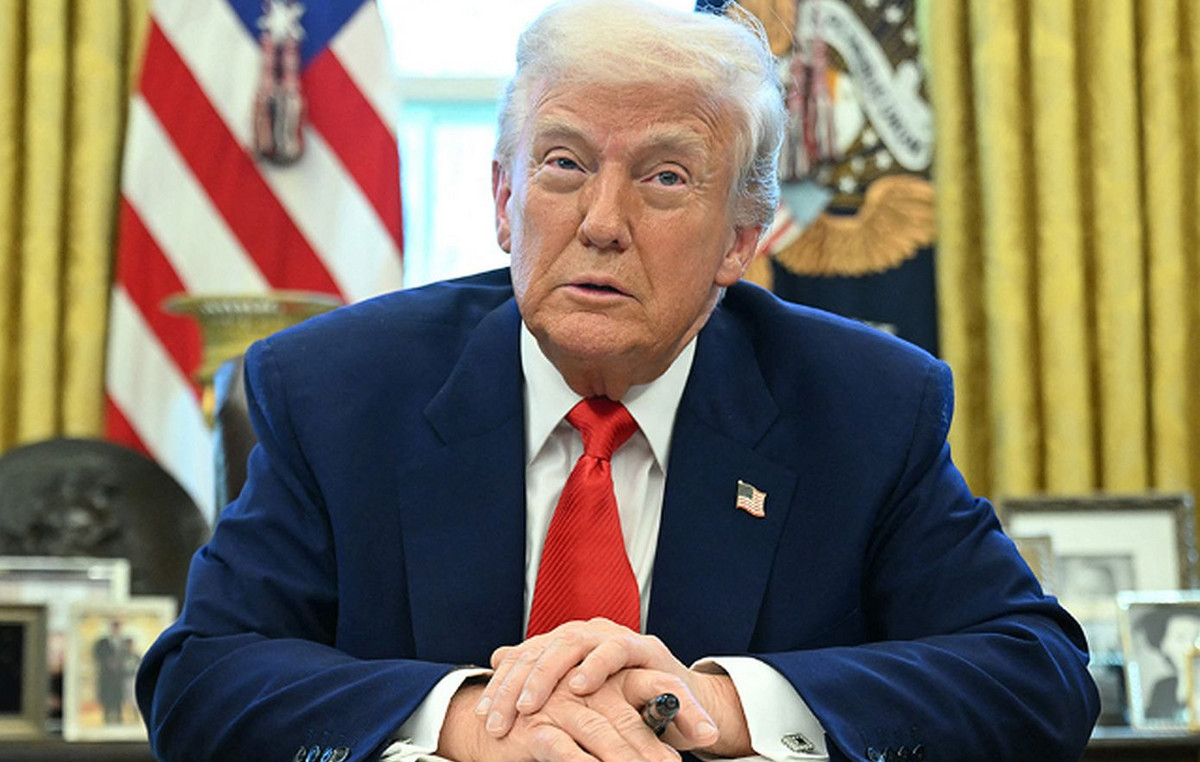- EUR/CAD finds temporary support near 1.4800, however, it is likely to continue lower.
- The ECB is expected to reach a neutral rate by the first half of 2025.
- Investors expect the BoC to cut interest rates by 50 basis points in December.
The EUR/CAD pair discovers temporary support near the 1.4800 round level support in European trading hours on Wednesday. The asset finds provisional support. However, the bearish bias remains intact as US President-elect Donald Trump’s tariff policies are expected to result in a trade war between the Eurozone and the US administration.
On the campaign trail, Trump promised to raise tariffs by 10% universally and mentioned that the Euro bloc (EUR) “will pay a high price” for not buying enough American exports. The impact is expected to reduce output by 1% in Germany, which is the largest nation in the Eurozone, according to European Central Bank (ECB) policy maker and Bundesbank president Joachim Nagel.
On Tuesday, Governing Council member and Bank of Finland Governor Olli Rehn suggested that Europe should position itself better for the Trump administration at a conference in London. Regarding the outlook for interest rates, Rehn said the central bank is heading towards the neutral rate and is expected to reach it in the first half of next year, but the pace will depend on the overall assessment of dynamic factors in every meeting.
“Current market data and simple math seem to imply that we would break out of restrictive territory sometime in the spring/winter of next year 2025,” Rehn said, Reuters reported.
Meanwhile, the Canadian Dollar (CAD) has been supported by market participants against the Euro over the past few weeks, but its own outlook against other major currencies is discouraging as the Bank of Canada (BoC) is expected to cut rates. interest rates again by 50 basis points (bps) to 3.25% at the December meeting.
The Euro FAQs
The Euro is the currency of the 19 countries of the European Union that belong to the eurozone. It is the second most traded currency in the world, behind the US dollar. In 2022, it accounted for 31% of all foreign exchange transactions, with an average daily turnover of more than $2.2 trillion per day. EUR/USD is the most traded currency pair in the world, accounting for an estimated 30% of all transactions, followed by EUR/JPY (4%), EUR/GBP (3%) and EUR/AUD (2 %).
The European Central Bank (ECB), headquartered in Frankfurt, Germany, is the reserve bank of the eurozone. The ECB sets interest rates and manages monetary policy. The ECB’s primary mandate is to maintain price stability, which means controlling inflation or stimulating growth. Its main tool is the increase or decrease in interest rates. Relatively high interest rates (or the expectation of higher rates) tend to benefit the euro and vice versa. The Governing Council of the ECB makes decisions on monetary policy at meetings held eight times a year. Decisions are made by the directors of the Eurozone’s national banks and six permanent members, including ECB President Christine Lagarde.
Eurozone inflation data, measured by the Harmonized Index of Consumer Prices (HICP), are an important econometric indicator for the euro. If inflation rises more than expected, especially if it exceeds the ECB’s 2% target, it forces the ECB to raise interest rates to bring it back under control. Relatively high interest rates compared to their counterparts tend to benefit the euro, making the region more attractive as a place for global investors to park their money.
The published data measures the health of the economy and may have an impact on the euro. Indicators such as GDP, manufacturing and services PMIs, employment and consumer confidence surveys can influence the direction of the single currency. A strong economy is good for the Euro. Not only does it attract more foreign investment, but it may encourage the ECB to raise interest rates, which will directly strengthen the euro. Otherwise, if economic data is weak, the Euro is likely to fall. Economic data for the four largest eurozone economies (Germany, France, Italy and Spain) are especially significant, as they represent 75% of the eurozone economy.
Another important data that is published about the Euro is the trade balance. This indicator measures the difference between what a country earns from its exports and what it spends on imports during a given period. If a country produces highly in-demand export products, its currency will gain value simply from the additional demand created by foreign buyers seeking to purchase those goods. Therefore, a positive net trade balance strengthens a currency and vice versa in the case of a negative balance.
Source: Fx Street
I am Joshua Winder, a senior-level journalist and editor at World Stock Market. I specialize in covering news related to the stock market and economic trends. With more than 8 years of experience in this field, I have become an expert in financial reporting.







